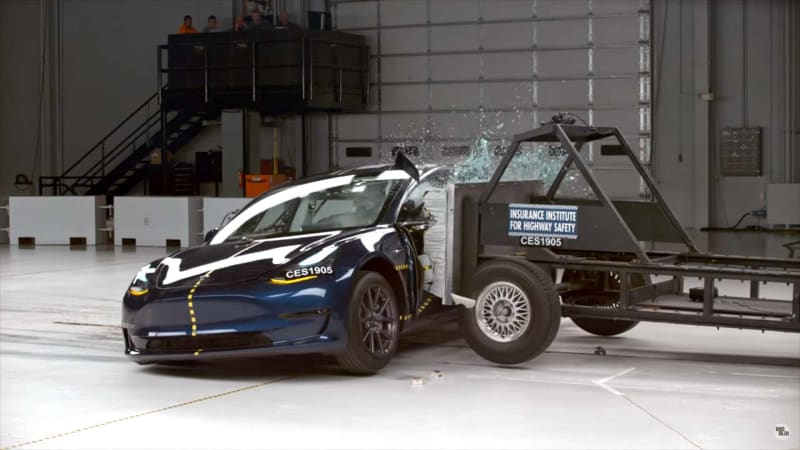Audi Repair Shop Doylestown
Call 267 279 9477 to schedule a appointment

The Insurance Institute for Highway Safety added a side crash test to its protocol in 2003 aimed at more accurately re-creating impacts between vehicles of the time. The IIHS test differed from the same test performed by the National Highway Traffic Safety Administration by using a taller barrier to reflect the real-world height of an early 2000s SUV, and by testing dummies representing a small woman or a 12-year-old child. The institute’s movable barrier weighed 3,000 pounds, was the average weight of an SUV in the early 2000s, and traveled at 31 miles per hour into the side of a test vehicle. Carmakers adjusted, adding side impact airbags and saving lives to the point that now, says the IIHS, “The program has been so successful that the current side ratings no longer help consumers distinguish among vehicles or point the way toward further improvements.”
Only 20 percent of the first vehicles tested earned a good rating. Now 99 percent of tested vehicles get good marks, the remaining 1 percent rated acceptable, yet 23 percent of deaths in passenger vehicles in 2018 were due to side impacts. The IIHS says it’s time for an update, so in-house researchers and engineers have been studying modern side-impact crashes in order to develop a better, harder test better correlated to the situations on modern roads.
For instance, SUVs have gotten much heavier in the past 16 years, so the new movable barrier will bulk up close to the 4,200-pound weight of today’s average SUV. Also, vehicles are variably stiff across their front fascias, exhibiting the greatest strength in line with the frame rails. IIHS test studies revealed that B-pillars are now so strong that they retard intrusion of the less-stiff center section of an impacting vehicle’s front fascia, but the stronger sections along the frame rails deflect around the pillar, intruding further into the cabin fore and aft of the pillar. The movable barrier’s constant stiffness doesn’t reflect that deformation. Studies of road crashes also showed more severe impacts than the IIHS tested for, so another proposed change is increasing the movable barrier’s speed from 31 mph to 37 mph. Engineers said the 6-mph increase injects 42 more energy into the crash. Adding 1,200 pounds to the barrier adds another 40 percent more energy on top of that.
Another finding in the lab was that the test vehicle moved away from the movable barrier after being hit, but when the IIHS ran the same test with an actual SUV, the test vehicle rolled into the impacting vehicle as if to slide under.
Not everything will change. The institute says studying its crash test dummies has shown high correlation between the instrumented injuries suffered in the lab and the fatality risks in real life.
To give a glimpse into what it does and how it does it, the IIHS will perform a live-streamed execution of a Toyota Camry in a side-impact crash test on Facebook at 11:25 a.m. EST Thursday, November 21 — today. Afterward, the IIHS Senior Research Engineer Becky Mueller will discuss the findings of her team’s latest research. The new test is expected to debut sometime next year.
from Autoblog https://ift.tt/37sLZme